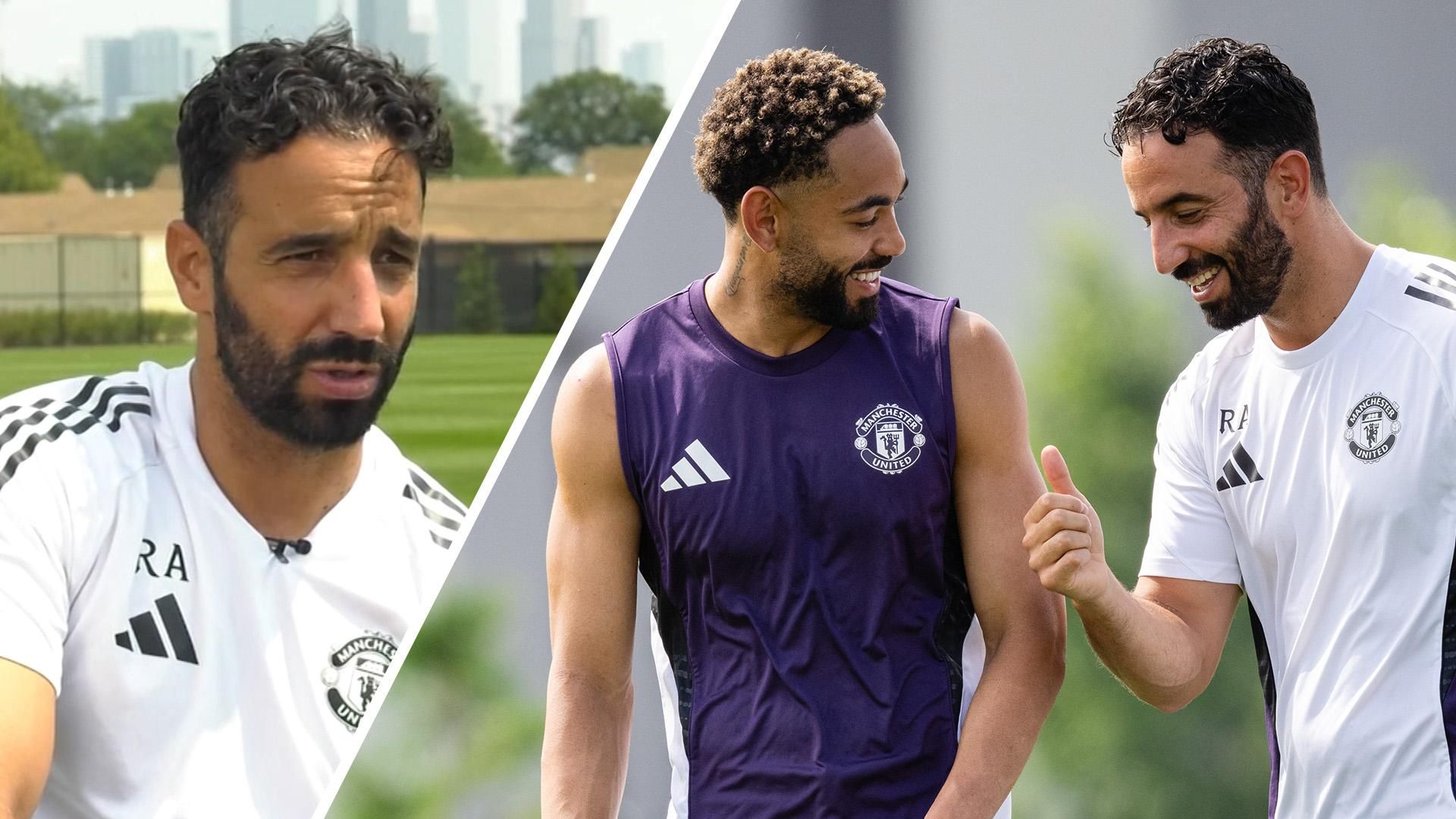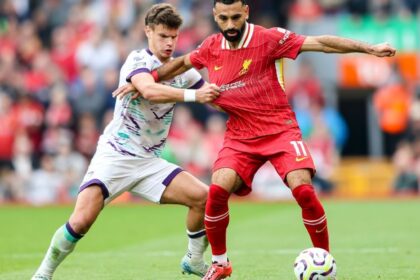The first day of pre-season could be the most optimistic moment for professional footballers. The atmosphere on the training ground is filled with reunions, chats with the staff, and a renewed sense of hope. The previous season is left behind, replaced by the excitement of the future. Players return in good shape, with new kits and renovated fields, driven by the optimism of the coaching staff. It is the beginning of a new cycle. However, the preseason also marks the return of stress and hard work. What was once a period of rest and careful preparation for the season now demands thorough preparation in itself. Times and demands change, and players put in a lot of effort during the preseason. Formerly, the preseason was perceived as a time for players to get in shape. Now, most prepare to be in optimal condition from the start, both physically and tactically and technically. This has evolved noticeably since my debut in 2004. Nowadays, everything is measured, not only body weight, but also body composition, through DEXA scanners and strict targets. In my time at Queens Park Rangers, there was a rule: from the end of the season to the return to pre-season, you couldn’t increase more than 1.5% body fat. It didn’t matter the initial composition; if you had 12% fat and came back with 13%, nothing happened. But if you started with 6% and reached 8%, there were consequences. Although things have changed and are not so drastic, punishments still exist. Sometimes they are fines or extra training, but in reality, the most important thing is not to be seen as the least committed player on the team. I have seen players being removed from the group to do extra work until they reach their goals, but sometimes, the most important thing is not the numbers, but the perception.
An example is Manchester City midfielder Kalvin Phillips at the 2022 World Cup in Qatar, who returned with a higher body fat percentage than before he left. His coach, Pep Guardiola, mentioned that he had gained “overweight”, although in comparison, his numbers were still in the top 1% of people his age in his profession.
Coaches, of course, have their own standards. At Antonio Conte’s Chelsea, players were expected to have between 6% and 8% body fat, or even less. This implies a huge amount of work during the “holidays” to arrive in top form on the first day of pre-season.
Sometimes, players test the new ones. They make stronger passes or go in with more intensity in tackles. Part of this is black humor, to make it difficult for the new signing to adapt. In reality, what they are looking for is to evaluate their character: how they react to adversity and pressure. It is a tough initiation, but overcoming it means being part of the group.
Thierry Henry was known for doing this in the legendary Arsenal team, as revealed by Cesc Fàbregas: “Every time a new player arrived, we would do a ‘rondo’. He always included them, because he wanted to see their level and gave them strong passes to see if they could control the ball. I remember it was to see if they could handle the pressure”.
Then there are the pre-season tours. Before, most clubs didn’t travel abroad, and the tours that were done weren’t such important events. Nowadays, with the globalization of the Premier League in the last 10 to 15 years, the players understand why they go to those places and strive to take advantage of the experience. Who would want to travel 12, 13 or 14 hours to play in 40 degrees Celsius on a field that doesn’t look anything like those of the season? Probably no one. But it’s part of the job. The players understand it. There’s a lot of free time on these tours; they train hard and play friendlies in front of thousands of people, but they also work on aspects that are not seen, such as positional training. It’s normal in that sense; players seek to add minutes and arrive at the start of the season, ready to face their rivals.









